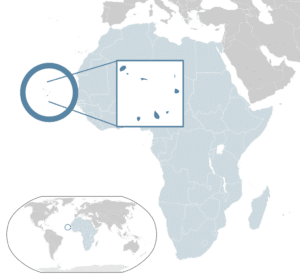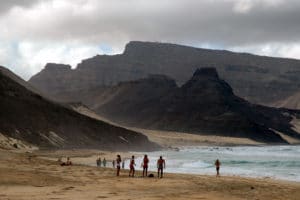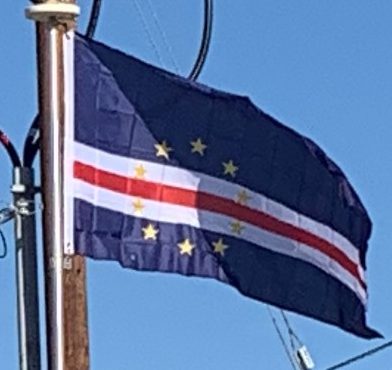Introduction:
Cabo Verde or Cape Verde is an island country spanning an archipelago of 10 volcanic islands in the central Atlantic Ocean. It forms part of the Macaronesia eco-region, along with the Azores, Canary Islands, Madeira, and the Savage Isles. In ancient times these islands were referred to as “the Islands of the Blessed” or the “Fortunate Isles”. Located 570 kilometers west of the Cabo Verde Peninsula off the coast of Northwest Africa, the islands cover a combined area of slightly over 4,000 square kilometers.

The Cabo Verde archipelago was uninhabited until the 15th century, when Portuguese explorers discovered and colonized the islands, establishing the first European settlement in the tropics. Ideally located for the Atlantic slave trade, the islands grew prosperous throughout the 16th and 17th centuries, attracting merchants, privateers, and pirates. The end of transatlantic slavery in the 19th century led to economic decline and emigration. Cabo Verde gradually recovered as an important commercial center and stopover for shipping routes. Incorporated as an overseas department of Portugal in 1951, the islands continued to campaign for independence, which was achieved in 1975.
Since the early 1990s, Cabo Verde has been a stable representative democracy, and remains one of the most developed and democratic countries in Africa. Lacking natural resources, its developing economy is mostly service-oriented, with a growing focus on tourism and foreign investment. Its population of around 540,000 is mostly of mixed European, Moorish, Arab and African heritage, and predominantly Roman Catholic, reflecting the legacy of Portuguese rule. A sizable diaspora community exists across the world, slightly outnumbering inhabitants on the islands.

Historically, the name “Cabo Verde” has been used in English for the archipelago and, since independence in 1975, for the country. In 2013, the Cabo Verdean government determined that the Portuguese designation Cabo Verde would henceforth be used for official purposes, as at the United Nations, even in English contexts. Cabo Verde is a member of the African Union.
Etymology:
The name of the country stems from the nearby Cap-Vert, on the Senegalese coast. In 1444, Portuguese explorers had named that landmark as Cabo Verde, a few years before they discovered the islands (Verde is Portuguese for “green”).
On 24 October 2013, the country’s delegation announced at the United Nations that the official name should no longer be translated into other languages. Instead of “Cape Verde”, the designation “Republic of Cabo Verde” is to be used.
History:
Before the arrival of Europeans, the Cabo Verde Islands were uninhabited. They were discovered by Genoese and Portuguese navigators around 1456. According to Portuguese official records, the first discoveries were made by Genoa-born António de Noli, who was afterwards appointed governor of Cabo Verde by Portuguese King Afonso V. Other navigators mentioned as contributing to discoveries in the Cabo Verde archipelago are Diogo Gomes (who was with António de Noli and claimed to have been the first to land on and name Santiago island), Diogo Dias, Diogo Afonso and the Italian (Venice-born) Alvise Cadamosto.
